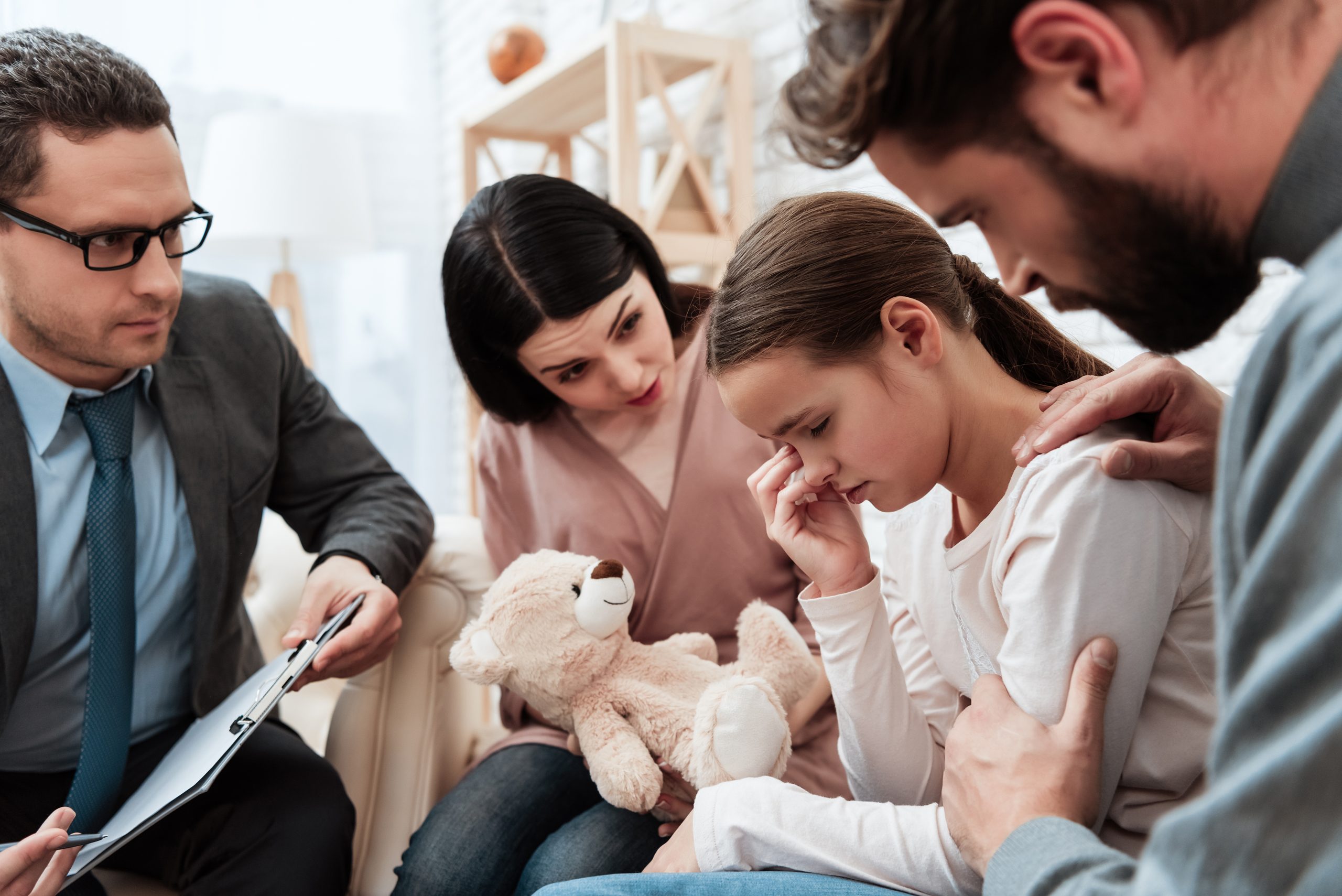
15 Nov Efficacy of Trauma-Focused Cognitive Behavioral Therapy for Children
Trauma-Focused Cognitive Behavioral Therapy (TF-CBT) is a treatment option developed for children who have experienced a traumatic event and suffer symptoms consistent with Post-Traumatic Stress Disorder (PTSD). The Substance Abuse and Mental Health Services Administration (SAMHSA) reports that more than two-thirds of children identify that they have witnessed a traumatic event by the time they are 16 years of age. Trauma is linked as a risk factor in the development of nearly all mental health or substance use disorders. Consequently, effective treatment in response to trauma is essential.
Touted as an evidence-based practice, TF-CBT approaches trauma more comprehensively than other treatment modalities. Relatively brief, a course of care typically runs 12 to 16 sessions and targets not only the child but also offers interventions for the parent. TF-CBT emphasizes the role of non-offending parents in the recovery process. The acronym PRACTICE can summarize TF-CBT components: Parenting and psychoeducation, Relaxation, Affect expression and modulation, Cognitive coping, Trauma narration and processing, In vivo mastery, Conjoint sessions, and Enhancing safety and future development.
Research has demonstrated that engaging parents in treatment is essential to successful outcomes. A study published in 2014 in the Child Abuse and Neglect journal found that a minimal effort at engaging a guardian at the onset of treatment helps to improve the likelihood that the family completes the course of care, attends appointments, and engages in the interventions. Research published in the Child and Adolescent Psychiatric Clinics of North America journal in 2015 found that TF-CBT was superior in treating PTSD symptoms and other mental health symptoms that may stem from trauma. The researchers found that parental inclusion contributes to positive child outcomes.
TF-CBT is not the only treatment option for families seeking support for a child who has experienced trauma. Other evidence-based models exist, including Eye Movement Desensitization and Reprocessing. A recent meta-analysis conducted in 2018 and reported in the Journal of Child & Adolescent Trauma explored the efficacy of EMDR and TF-CBT in addressing symptoms related to trauma in children and teens. The researchers found that while both EMDR and TF-CBT are the most effective treatment approaches, TF-CBT was found to be marginally superior.
TF-CBT has been shown to reduce PTSD symptoms, abuse related fears, depression, anxiety, shame and problem behaviors in traumatized youth. Additional research has demonstrated that infusing the TF-CBT model with creativity and expressive art interventions can help promote engagement with both the child and their parents. Additionally, a study done in 2017 and reported in the European Journal for Psychotraumatology found supporting interventions with creative, age-appropriate interventions such as role-playing, picture books, play, and drawing can enhance responsiveness.
Several implications for psychologists working with children and families who have witnessed trauma are essential to consider. First, using an evidence-based, structured treatment modality such as TF-CBT will help improve outcomes. Second, developing strong engagement practices with parents and guardians will also support positive results. Finally, mental health practitioners who adhere to a standardized treatment approach such as TF-CBT must choose a model they can practice with fidelity, balanced with creativity.




